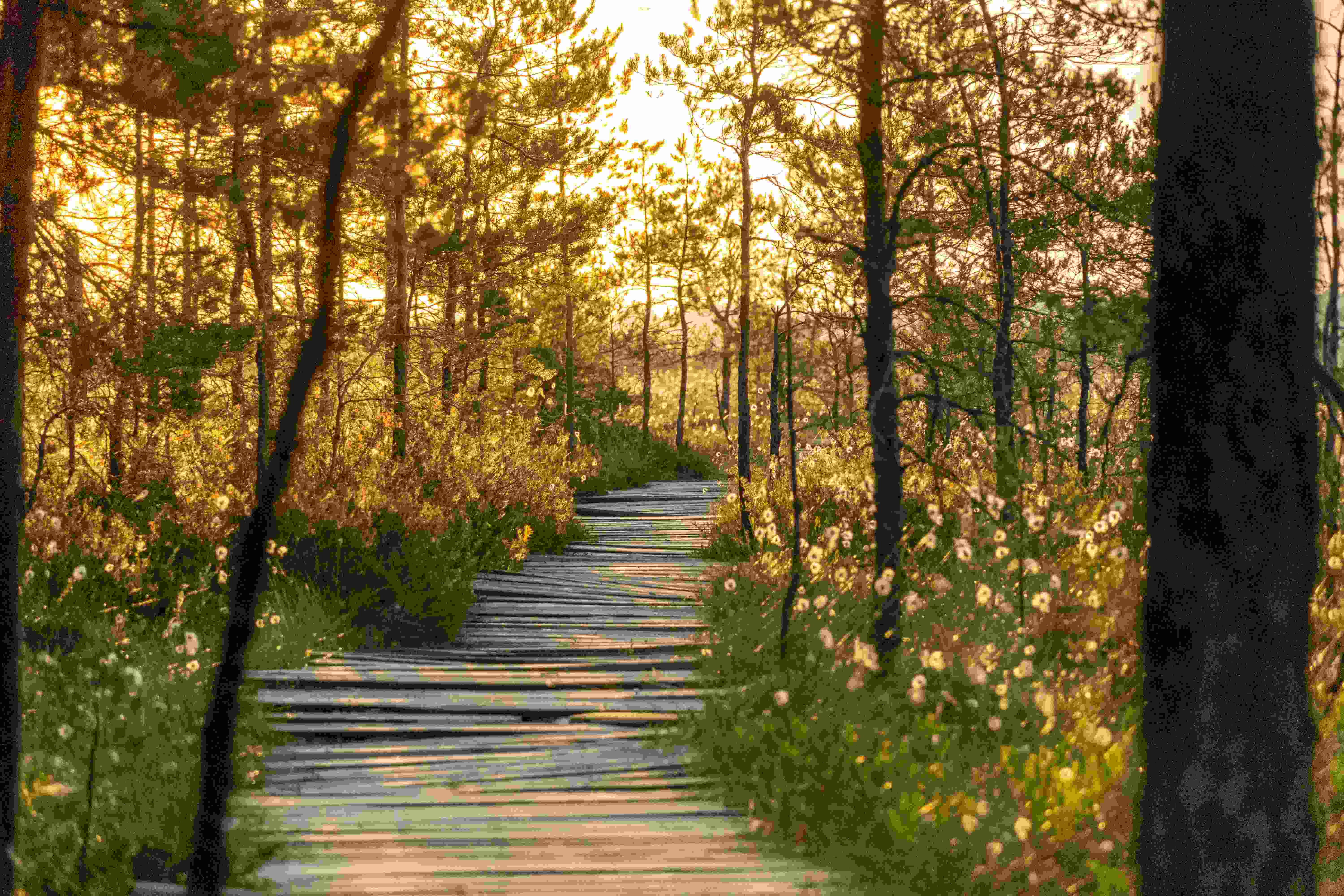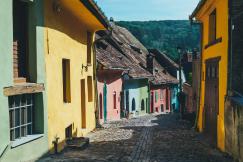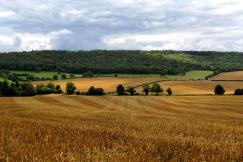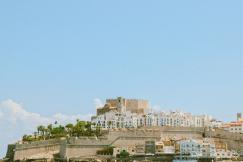Best practices
14 July 2025
HERITAGE TOURISM: Boosting rural tourism through cultural heritage in Estonia and Latvia
Best practices
14 July 2025
Cultural tourism
Rural tourism
Best practices, peer learning and networking
+6 more
Login / create an account to be able to react
-
3

The HERITAGE TOURISM project, completed in April 2014, aimed to boost rural tourism SMEs in Estonia and Latvia by integrating cultural heritage into service design. It resulted in the development of new tourism products, educational materials, and promotional tools.
Estonian Chamber of Agriculture and Commerce
Estonian Rural Tourism
Latvian Country Tourism Association
Topics
Estonia
Latvia
Cultural and Heritage Organisations
Industry Associations and Chambers of Commerce
Local Authorities
NGOs / Non-profits
SMEs (a company with less than 250 employees)
-
Specific types of tourism
-
-
Cultural tourism
-
Rural tourism
-
-
Transition Pathway Strategic Areas
-
-
Best practices, peer learning and networking
-
Governance of tourism destinations
-
-
Business activities
-
-
Activities of associations and other organisations supporting tourism
-
Festivals, cultural and entertainment activities
-
Gardens and nature reserves activities
-
Museums
-
Operation of historical sites
-
Share
The HERITAGE TOURISM project, supported by the Central Baltic INTERREG IV A Programme 2007–2013, was implemented from November 2011 to April 2014. Its primary aim was to enhance the competitiveness of rural tourism SMEs in Estonia and Latvia by integrating cultural heritage into service design.
Led by the Estonian Chamber of Agriculture and Commerce, the project focused on developing tourism products and services. Key areas included:
- architectural and landscape design
- interior decoration
- traditional food preparation and presentation
- service staff attire
- celebration of national holidays and events, and
- the sale of culturally significant souvenirs
Among the project’s key deliverables were a consultation programme, handbooks on cultural heritage in rural tourism for both countries, a manual, a heritage map, and route leaflets for independent travellers. These resources aimed to promote shared solutions for making rural tourism more attractive across the region.
For a comprehensive overview of the project’s funding, focus areas, outcomes, results, and best practices, please refer to the link provided on the left-hand side of the platform.
#Destination management #Cultural preservation #Tourism development
Comments (0)
Related content
See also
-
14
Sustainable EU Tourism - Key challenges and best practices
- Categories
- Coastal, maritime and inland water tourism Cultural tourism Ecotourism +64 more
-
1 view
ThreeT: Completed initiative for enhancing sustainable tourism and heritage protection
- Categories
- Cultural tourism Ecotourism Mountain tourism +14 more
-
1 view
EU project enhances tourism crisis management and governance
- Categories
- Coastal, maritime and inland water tourism Cultural tourism Ecotourism +40 more






